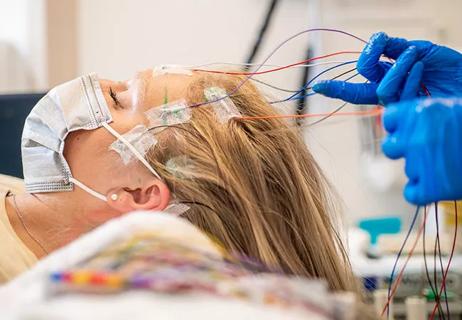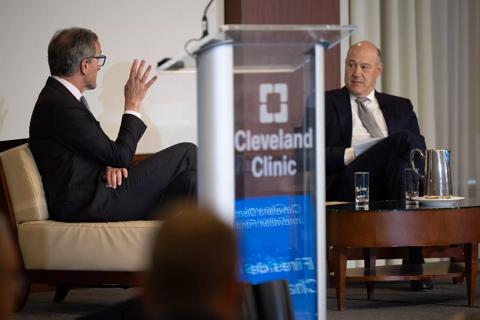
Advanced connectivity and technologies build on a foundation of teleneurology leadership

Clinical input is integral to technology implementation and adoption strategy

Advancing technology makes informatics expertise essential

Integrating technology is more than product delivery
Advertisement
Cleveland Clinic is a non-profit academic medical center. Advertising on our site helps support our mission. We do not endorse non-Cleveland Clinic products or services. Policy

Combined expertise, collaboration and technology lead to several improvements

Model relies on analysis of peri-ictal scalp EEG data, promising wide applicability

This technical solution expedites the patient’s ED to admissions process

Cleveland Clinic uses data to drive its AI implementation strategy

A centralized electronic tool improved clinical oversight and operational efficiency

Cleveland Clinic and IBM leaders share insights, concerns, optimism about impacts
Advertisement
Advertisement